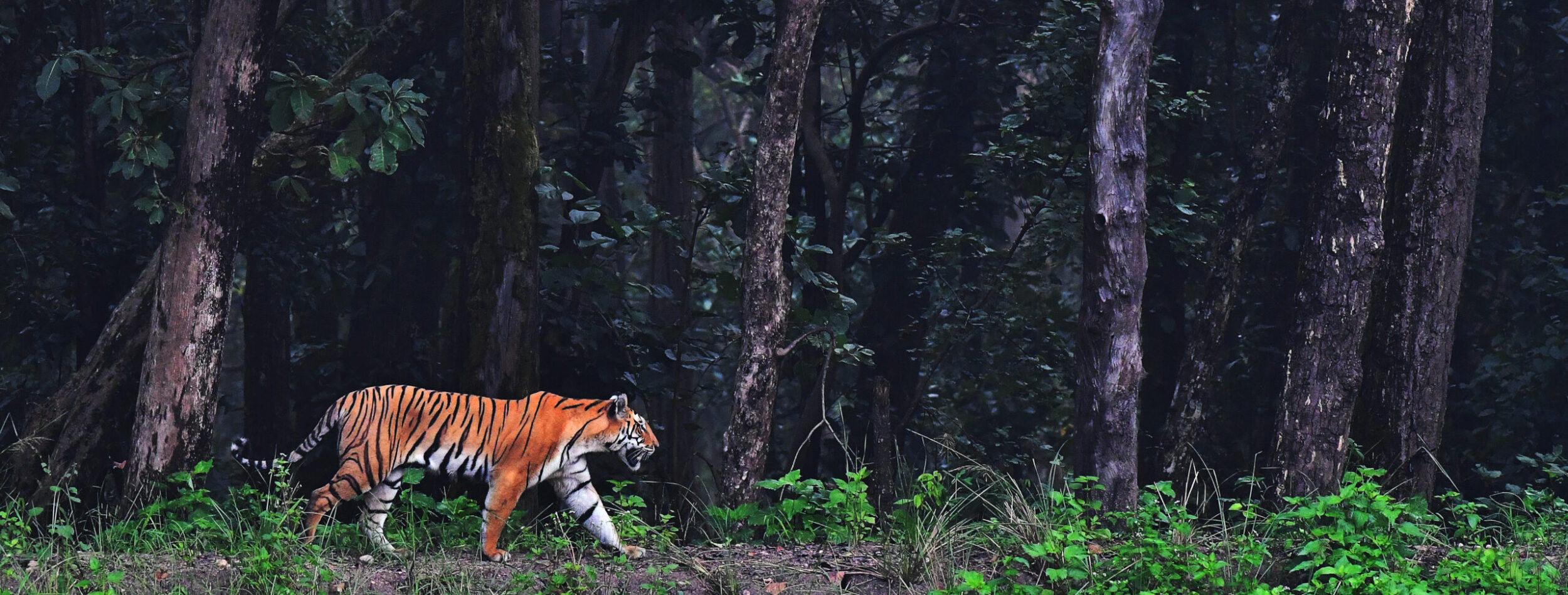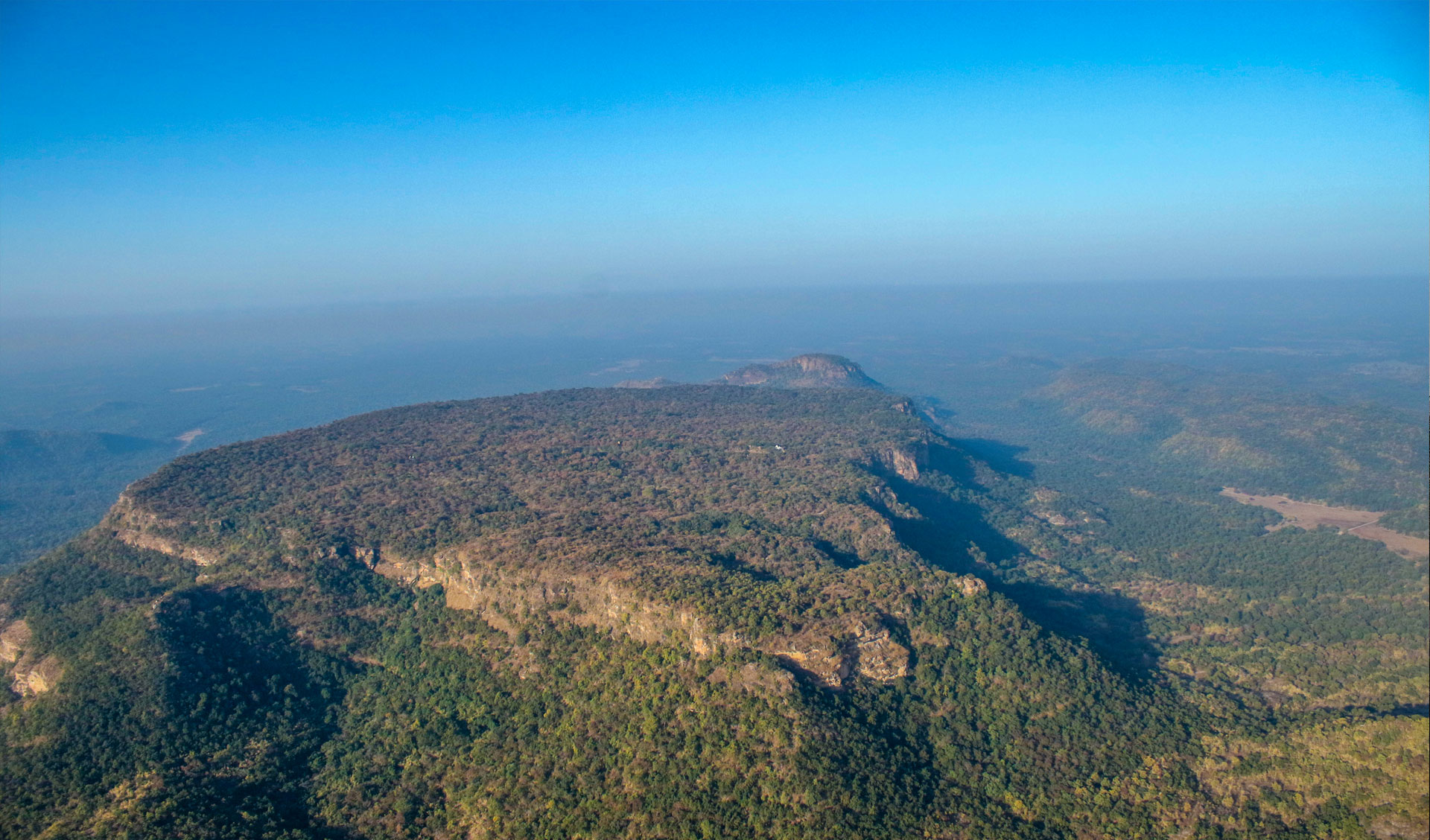
Nestled in the heart of India, Bandhavgarh National Park is a natural wonder that beckons travelers, wildlife enthusiasts, and history buffs alike. This picturesque reserve, located in the Vindhya Hills of Madhya Pradesh, is not only a haven for biodiversity but also holds a rich historical legacy that dates back centuries. Join us on a journey through time as we unravel the captivating history of Bandhavgarh National Park.
Ancient Roots
The history of Bandhavgarh can be traced back to ancient times, with mentions in various Hindu texts. The name “Bandhavgarh” is believed to have originated from the words “Bandhav” meaning brother and “Garh” meaning fort. It is believed that Lord Rama, a revered figure in Hindu mythology, gifted the Bandhavgarh Fort to his brother, Lord Lakshmana. The fort, perched atop a rocky hill, has since become an iconic symbol of the park.
Medieval Era
As the centuries passed, Bandhavgarh’s historical significance continued to evolve. During the medieval era, the region was ruled by various dynasties, including the Chandela kings, who left their mark on the landscape with impressive architecture. The Bandhavgarh Fort saw periods of prosperity and decline under different rulers.
British Influence
The British colonial period left an indelible mark on Bandhavgarh’s history. The park’s dense forests and abundant wildlife attracted the attention of British hunters and naturalists. Hunting in the park was popular among British officers and nobles, leading to the decimation of the local tiger population. It was during this time that Bandhavgarh’s tigers faced their greatest threats.
Conservation Efforts
The dawn of the 20th century brought about a change in the park’s destiny. Recognizing the urgent need for conservation, Bandhavgarh was declared a wildlife sanctuary in 1968, and later, a national park in 1982. This marked a turning point in the history of Bandhavgarh as efforts were made to protect its unique flora and fauna, including the majestic Bengal tiger.
Wildlife Conservation Success
In the years that followed, Bandhavgarh National Park became a symbol of successful wildlife conservation. The park’s tiger population rebounded, and it became one of the most prominent tiger reserves in India. Today, it’s a thriving ecosystem, home to a diverse range of wildlife, including leopards, deer, langurs, and a variety of bird species.
Tourism and Eco-Tourism
The park’s rich history, combined with its stunning natural beauty and thriving wildlife, has made it a popular destination for tourists and eco-tourists. Visitors come from all over the world to experience the enchanting landscapes and catch a glimpse of the elusive tigers that roam its forests.
Conclusion
Bandhavgarh National Park is more than just a haven for wildlife; it’s a living testament to the coexistence of nature and history. From its ancient roots in Hindu mythology to its transformation into a thriving national park, Bandhavgarh’s journey through time is a story of resilience and renewal. Today, as we explore its lush jungles and marvel at its historical treasures, we can’t help but feel a profound connection to this remarkable place where history and nature intertwine in perfect harmony.


